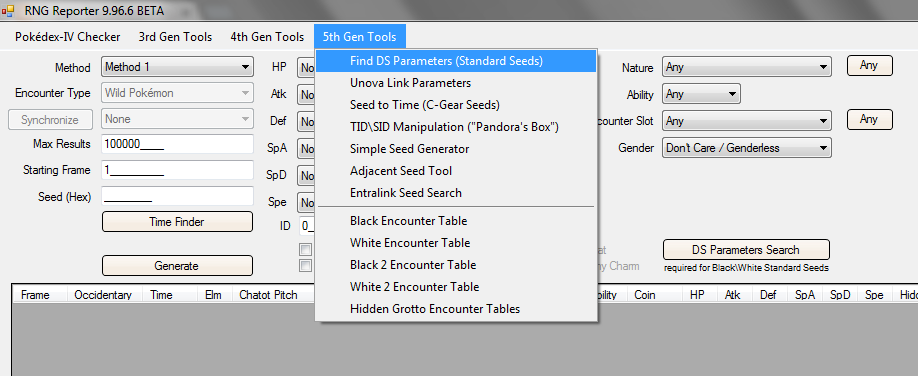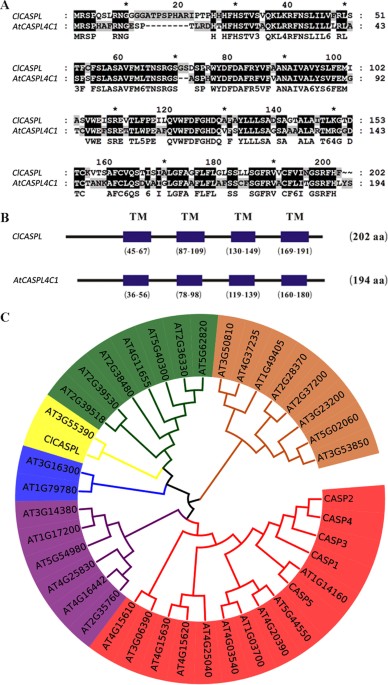

The preferred best practice for getting reproducible pseudorandom numbers is to instantiate a generator object with a seed and pass it around. We categorically recommend avoiding using the convenience functions when reproducibility is involved.

The implicit global RandomState behind the np.random.* convenience functions can cause problems, especially when threads or other forms of concurrency are involved. Quoting the Numpy Enhancement Proposal (NEP) 19 by Robert Kern about the numpy RNG policy: For instance one might use np.random.random without knowing that the seed of the global RNG was set somewhere else in the codebase. A simple reason is that using global variables can lead to undesired side effects. However, although sometimes convenient, using the global numpy RNG is considered a bad practice. Fixing the seed at the beginning ensures that the script is reproducible: the same values and results will be produced each time you run it.

I will here refer to this RNG as the global numpy RNG.Īlthough not recommended, it is a common practice to reset the seed of this global RNG at the beginning of a script using the np.ed function. This RNG is the one used when you generate a new random value using a function such as np.random.random. When you import numpy in your python script a RNG is created behind the scenes. It is still possible to use this function in versions higher than 1.17 but it is now recommended to use default_rng which returns an instance of the statistically better PCG64 RNG. This is also how the global numpy RNG is created. Note that with numpy <1.17 the way to create a new RNG is to use np.random.RandomState which is based on the popular Mersenne Twister 19937 algorithm.

The reason for this is that great new features were introduced in the random module of version 1.17. I assume a certain knowledge of numpy and that numpy 1.17 or greater is used. I want to share here what I have learnt about good practices with pseudo RNGs and especially the ones available in numpy. Unless you are working on a problem where you can afford a true Random Number Generator (RNG), which is basically never for most of us, implementing something random means relying on a pseudo Random Number Generator. Good practices with numpy random number generators


 0 kommentar(er)
0 kommentar(er)
